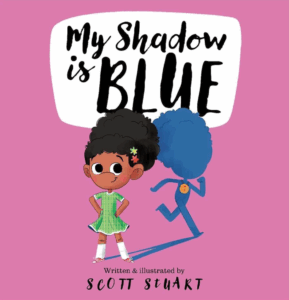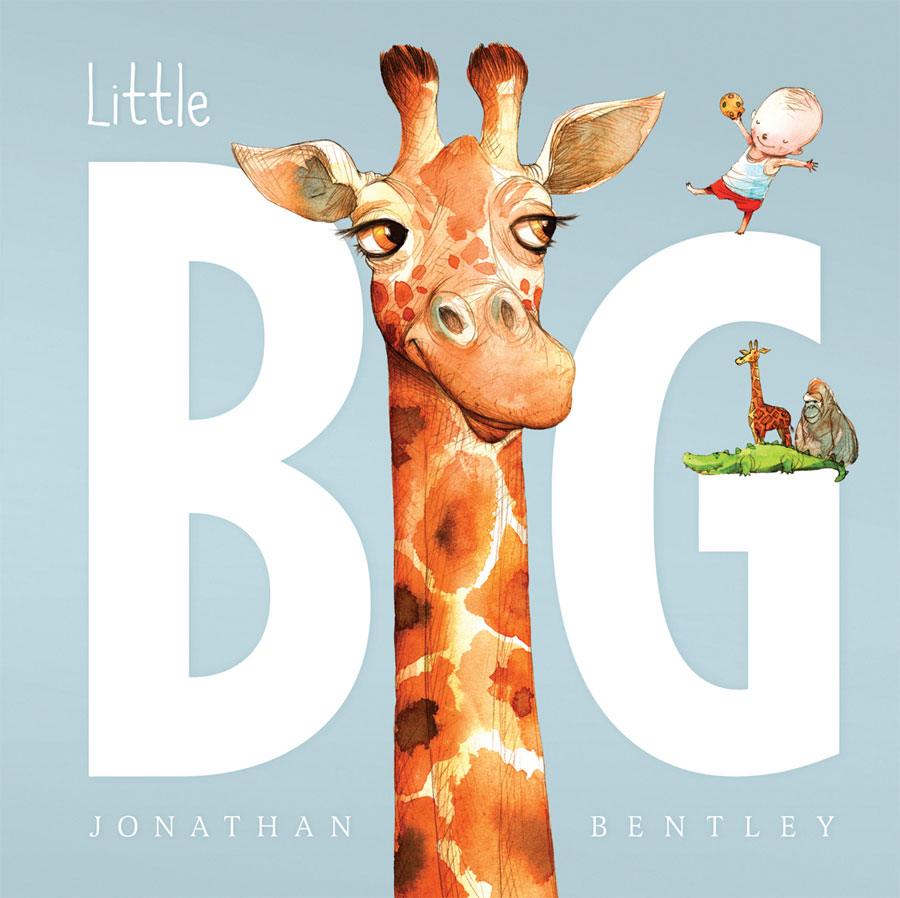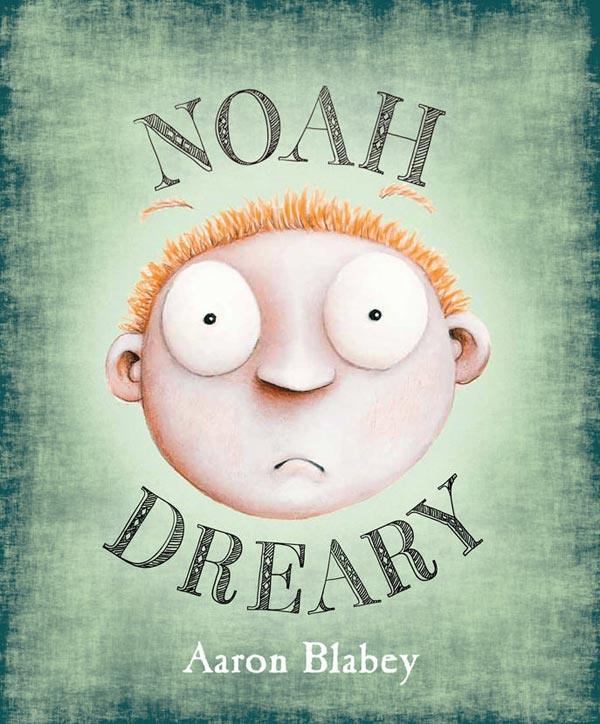Scott Stuart, My Shadow is Blue, Larrikin House, March 2025, 32 pages, RRP $24.99 (hbk), ISBN 9781922804907
On the front page of this inspiring picture book is a message-
You are loved.
Exactly as you are.
This sets the tone for the main theme of the book; everyone has their unique talents, and all children should get the same chance to demonstrate theirs.
As we already know, from previous ‘My Shadow’ texts, Stuart conveys timely social messages – have courage to be different and true to yourself. The book has been written in rhyming couplets thereby enabling an enjoyable reading experience.
In the beginning of the book, our main character is observing her friends and all the different colours of their shadows. She then declares that her shadow is blue, she loves running but none of her friends enjoy running as much as she does. From the frames of images where we see her running through different seasons, it is clear nothing else gives her the same joy she gets from running.
Then we are introduced to the sexism of her school where the class is split up according to gender. Whilst the girl’s body is in the side of the class with the girls, her blue shadow is on the page with the boys. Their coach also reinforces the sexist stereotype that girls will not be able to keep up with the boys.
At this point of the text, it all seems dark and gloomy. The blue hues surrounding the sad girl combined with her sunken body language create a feeling of helplessness. This is also one of the points Stuart is making – a sense of community is needed to create a society free of discrimination. Luckily, friends stand up for the girl with the blue shadow.
This is where the book stops being another book about sexism but one about the importance of being an upstander. Ever so gently, toxic masculinity is explored. We don’t have to be good to all get the same shot exclaims a boy who also has a blue shadow. This creates a chorus of other children declaring the colour of their shadows and all of them lining up to race together.
This book will appeal to 4+ years and whilst it can be appreciated as a story on its own right it could also be used to generate thoughtful and reflective student texts.
Reviewed by H I Cosar





